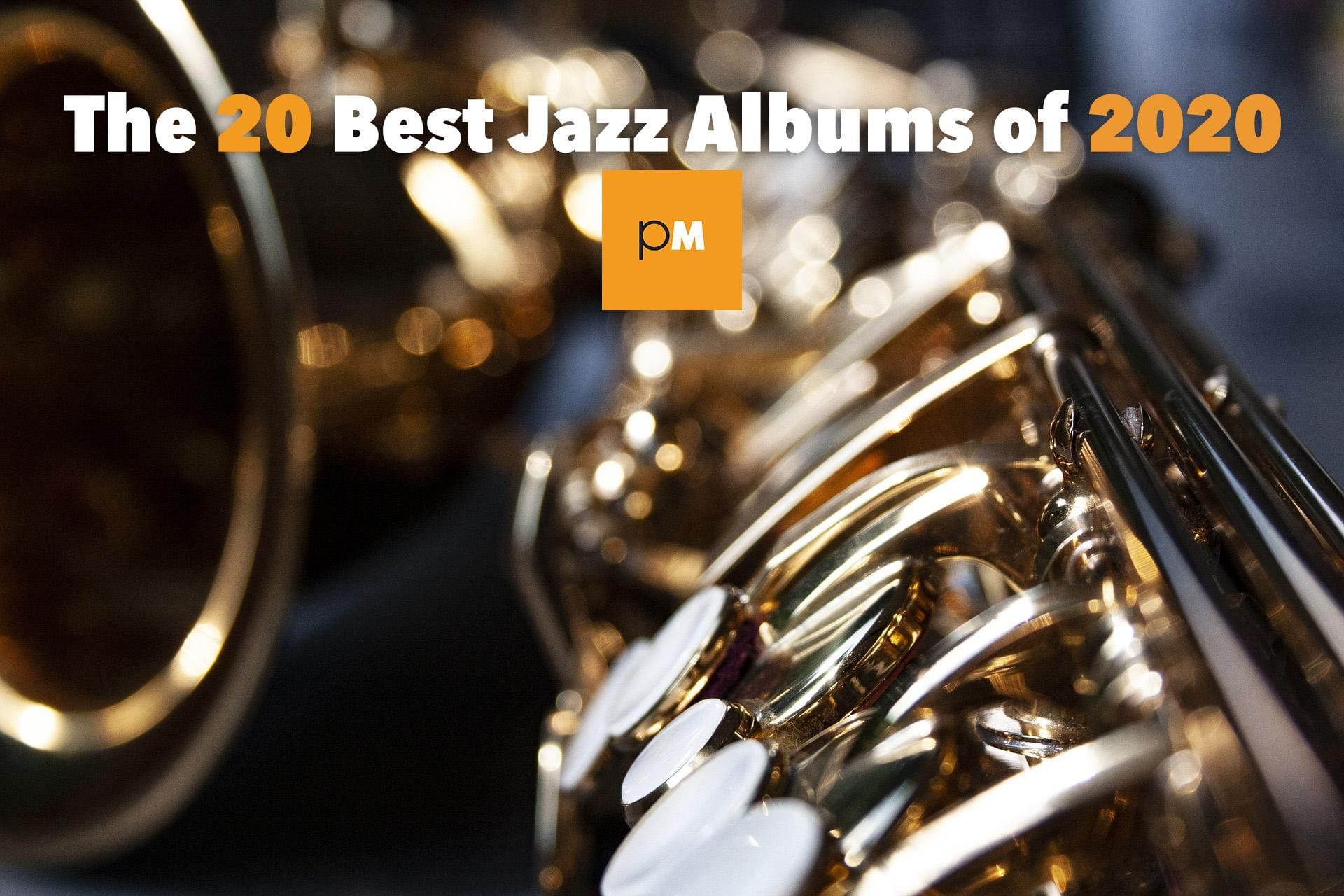Jazz in the 21st century is no longer young. Twenty years of a new phase of the music is now in the books, and the defining ideas are established. To my ears, the best-recorded jazz of 2020 was an affirmation of these trends. Despite the disaster that was the last calendar year, it was a time of thrilling music that is no longer properly contained by the somewhat cursed four-letter “j” word.
As ever, there is no way to listen to all the good creative music—even in a year like 2020 when so many of us were confined to our homes for so long. So, all the opinions here are just mine, limited in all the ways I am. But the music is superb, even if my ability to get to all the good stuff was less than perfect. There is excitement about the jazz coming out of the UK these days, though I probably haven’t heard the parts of it that would put it on my “best of” list. The creative music coming out of various local scenes (that is, places in the US other than New York) is exciting and some find its way onto this list, but it is equally true that the records here that were made by musicians from Chicago, Denver, Los Angeles, or Washington DC tend to intersect with the New York scene.
Here, then, are six of the key trends of the last 20 years, defined by 20 of the best 2020 recordings that made us see, again, why this music is in midst of such a thrilling patch of creativity. The recordings in each category are presented in alphabetical order by artist’s name, with no preference. But, for the record, the recording of the year for me was Matthew Shipp’s
The Piano Equation.
TREND 1: Jazz as any kind of popular music may be decades in the past, but jazz now richly embraces hip-hop, funk, jam-band rock, country music, and more with artistic ambition.
Susan Alcorn – Pedernal (Relative Pitch)

By now, creative music folks know Susan Alcorn for her feat in bringing the pedal steel guitar to the downtown music scene, with guitarist Mary Halvorson‘s Octet, and with other knotty improvising collectives. But Alcorn hasn’t entirely forsaken her past playing in country bands on this quintet date which features her playing the kind of chamber-jazz-country-Americana that Bill Frisell has made his brand. Mark Feldman is on violin and Ryan Sawyer is on drums, with Halvorson acting as the second guitar and her Thumbscrew collaborator Michael Formanek on bass. The music is charming and melodic, but Feldman, Alcorn, and Halvorson—each of whom loves to move from playing precise passages to sabotaging the landscape with weirdly-bent-note twists—bring all kinds of wondrous creative improvising. Bakersfield meets the Stone in Greenwich Village, with some of the ethereal beauty and melodic impressionism of an ECM recording mixed in.
Aaron Parks – Little Big II: Dreams of a Mechanical Man (Ropeadope)

For no reason I can discern, 2020 was a big year for this wonderful band’s making a long-awaited second recording. Dan Weiss’s Starebaby (just below), Craig Taborn’s JunkMagic, and Mary Halvorson’s vocal project CodeGirl all released notable sophomore recordings in the year. Parks’ quartet, which deftly combines new jazz tricky composition, indie-rock sonic attitude, and grooving directness, made Dreams the jazz I most wanted on repeat while I was laundering my facemasks and watching election results. It is on this list, however, because the easy joy of the record can’t hide its subtle orchestrations for the quartet (Tommy Crane on drums, Greg Tuohey’s guitar, and bassist DJ Grinyard) or its sweeping, emotional improvisations—particularly from the leader, whose piano has become a distinctive voice in the modern style, bridging Hancock, Glasper, and others but having plenty of connection also to great improvising melodists such as Kenny Kirkland and Kenny Barron.
Dan Weiss Starebaby – Natural Selection (Pi)

Dan Weiss is a drummer who is equally interested in raga and Metallica, a master of tabla playing and the kind of thunderous toms that can stand up to over-driven but precise guitar. Starebaby sounds even more varied and interesting on its second outing, with Ben Monder playing with both bombast and delicacy on guitar and twinned pianists/synth masters Matt Mitchell and Craig Taborn getting generous room to play with filigreed interaction as if they were duetting in a non-metal, non-electronica context. In fact, this project sounds less like “jazz meets metal” than like a terrific new jazz project in which the ambitious composition is allowed but not obligated to use metal textures. The result is beyond rather than bound by its genre options.

